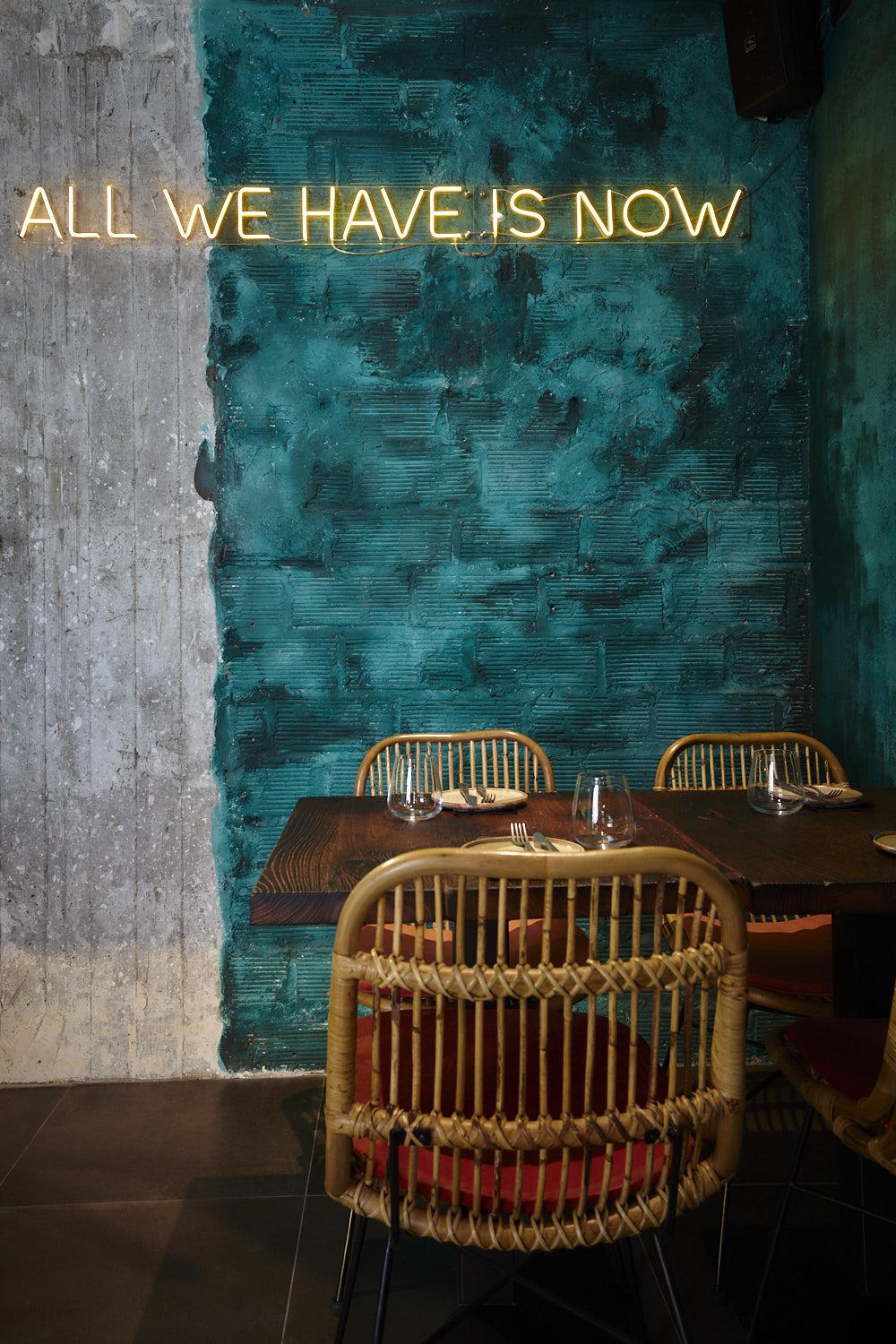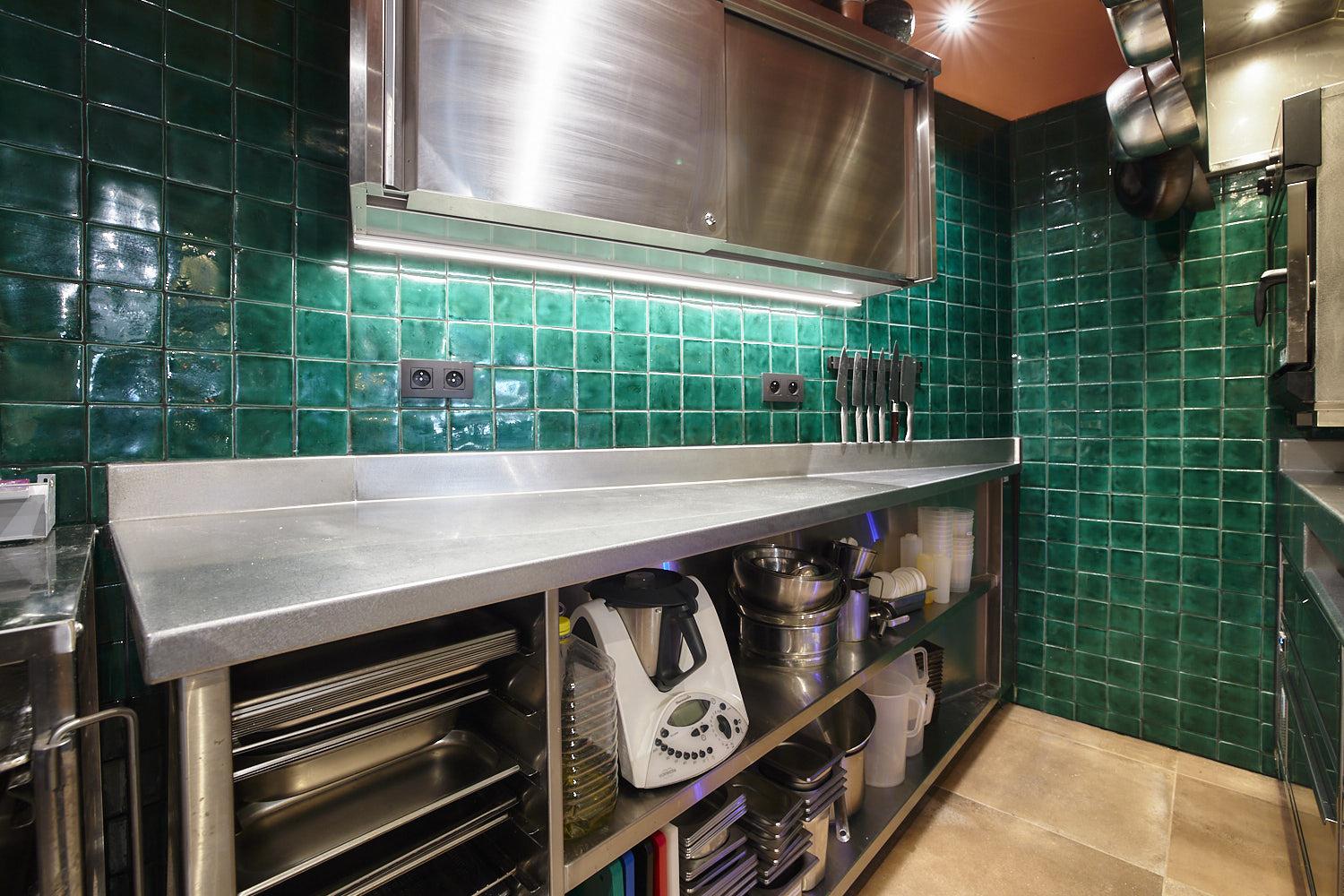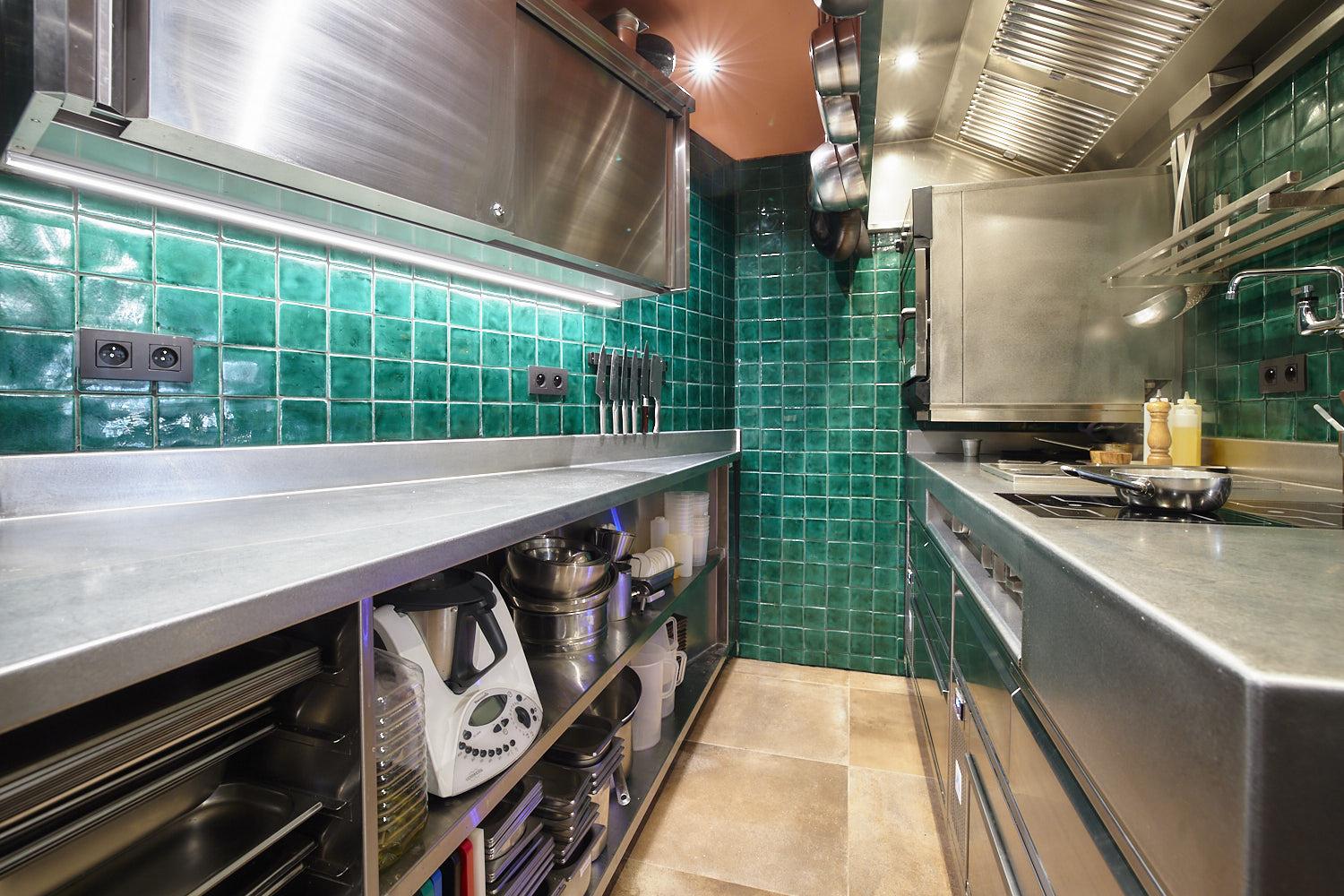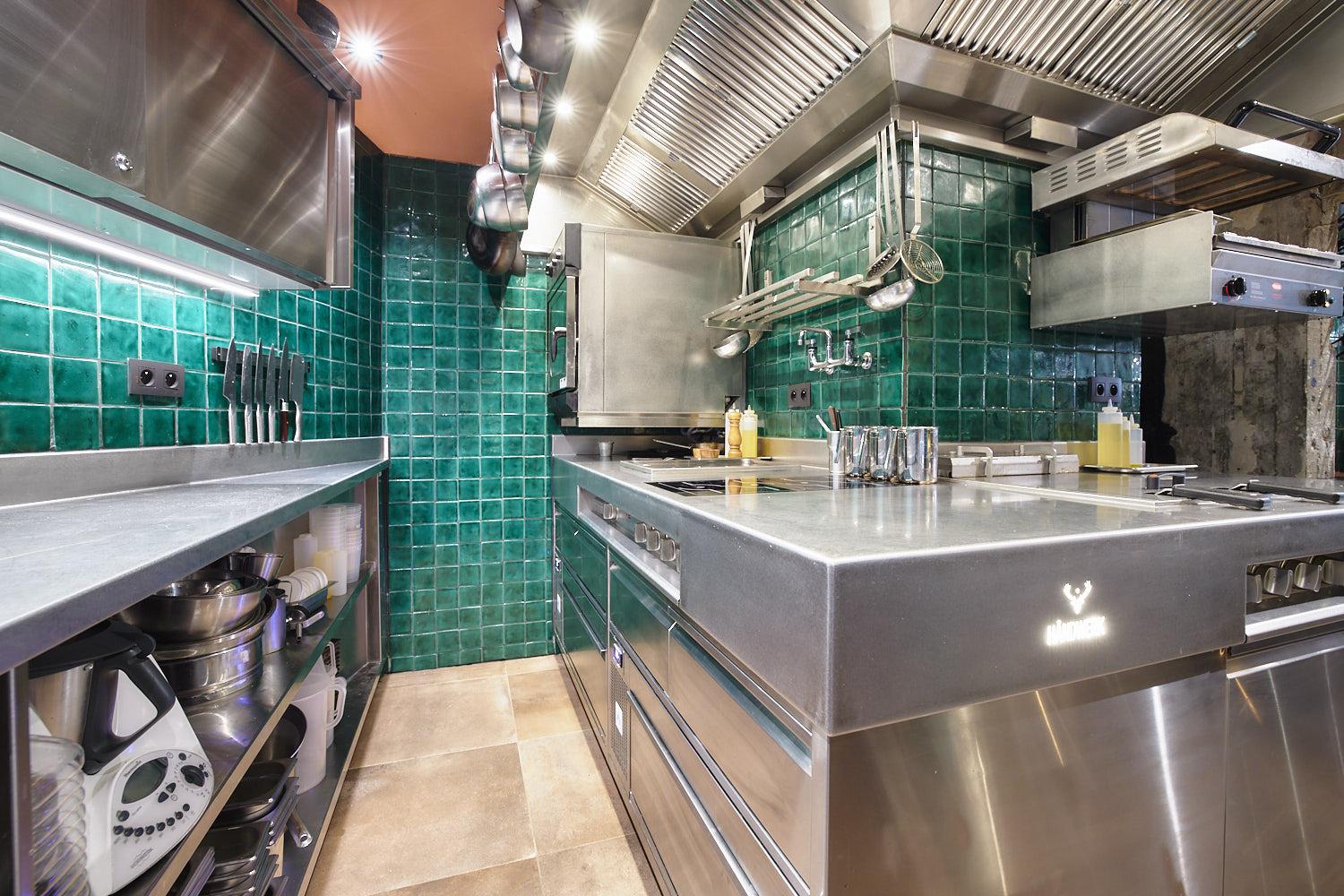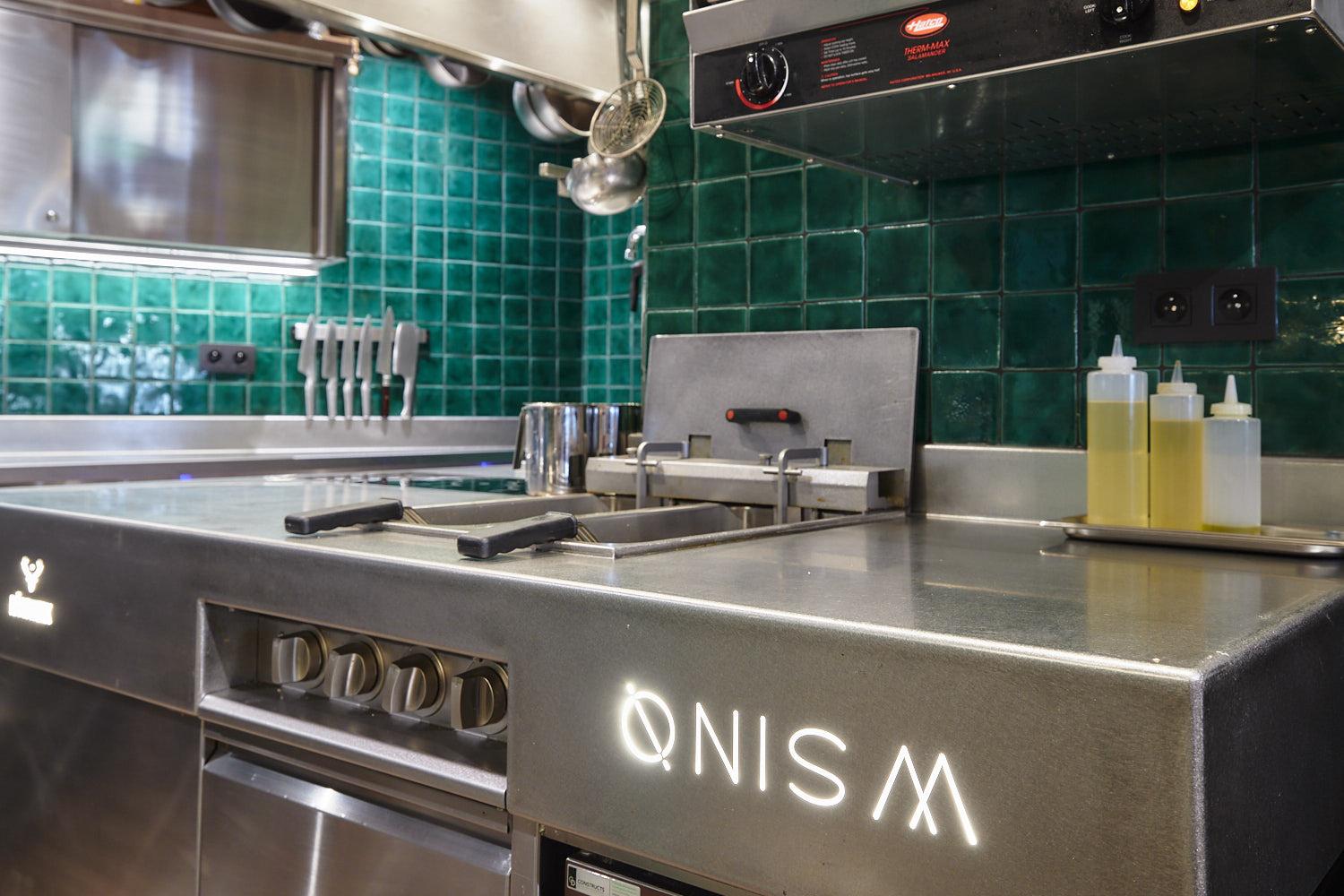
Terroir: the world on your plate
Share this story
Terroir is earth, air and water. It is the nutrient for all that lives and gives products their individuality. Those unique flavours are whole experiences. Moreover, terroir is not only found here. So terroir on your plate means going on a journey. A voyage of discovery to the origins of flavours that connect man with nature. From the farmer who tends the crops on his land and the fisherman who brings the tastiest species to the fish auction, to families who traditionally smoke meat, grow wine or make cheese.

Onism: world cuisine on the Belgian coast
Onism is a Danish word that means as much as "the realisation that we will not see the entire world during our short lives". It was also the starting point for chef Korneel Vandermeersch and his wife Stefanie Lippens to develop their new concept in Blankenberge. Through original world cuisine, they take their guests on an adventure, from terroir to terroir.
Besides flavour and worldly influences, terroir also means sustainability for Korneel and Stefanie. They apply worldly preparation methods to home-grown products. For example, gravlax with salmon trout instead of salmon, a wild boar tagine, venison tataki, sea bass ceviche, wonton with North Sea shrimps,.... By being creative with herbs, spices and techniques, they take their guests and terroir on a world tour.
Also by replacing typical products in dishes with a local alternative, you bring terroir to an international level. Fish species such as tuna are not known for their sustainability. Not only because of the status of some species as overfished but also because of the way tuna is sometimes caught. This is why Korneel prefers to work with what he calls the North Sea tuna: our North Sea mackerel. "We see that when people see mackerel on the menu, they are not immediately enthusiastic. But once they have tasted our Asian-spiced tartare of fresh mackerel, they are shocked at how close the taste is to a tartare of tuna."
Ceviche and its tasty little brother escabeche
Ceviche is a traditional South American technique of cooking raw fish in acid. Escabeche also originated in the region of Peru and is similar to this. The fish is first poached, fried or baked and then marinated in vinegar or the juice of citrus fruits. Compared to ceviche, escabeche thus gives the fish an extra cooking.
In our part of the world, we have a similar technique, such as rolmops, herring and stingray in pickles. If you bring the South American approach together with what we know in Belgium, you get fantastic results. Take a ceviche of a sea bass cooked in leche de tigre. That is a the marinade of lime juice, celery, onion, garlic, chilli and coriander, among others. An original escabeche is obtained, for example, by cooking Zeeland mussels in paprika.
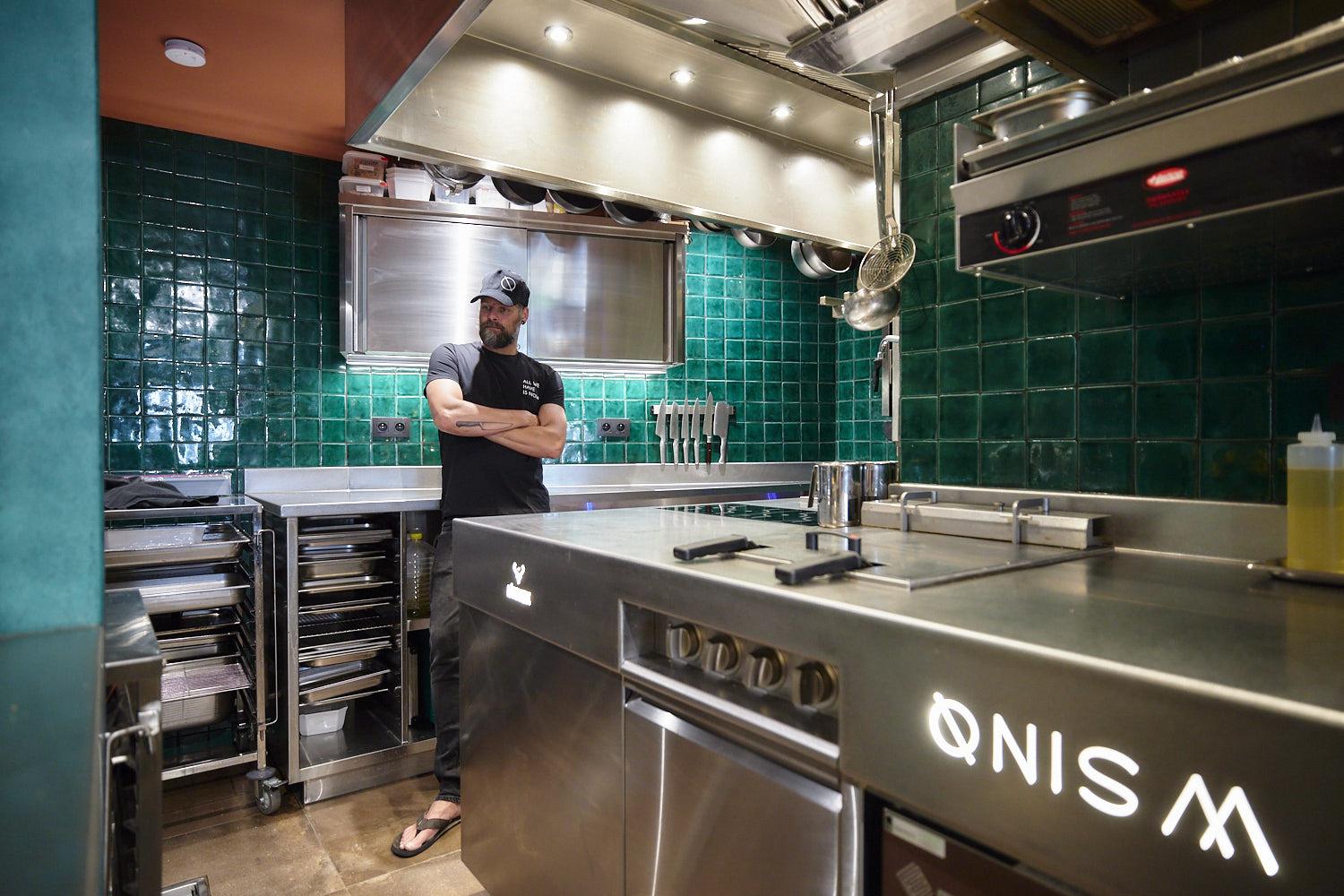
Terroir: old techniques return
"You notice that the old techniques are coming back, or actually never went away. Think fermentation, candying, drying, smoking, pickling... Besides preservation, these are also good for the structure of meat and fish. Pickling, for example, changes the texture of fish and makes it a bit drier. Marinating, in turn, makes meat, such as game, a lot more tender."
The old techniques ensure that we can enjoy certain products for a long time. Pickles are especially popular in summer. By pickling them, you can continue to enjoy pickles in autumn and winter. The same goes for candied tomatoes. Thanks to ancient techniques, you enjoy local products and flavours even out of season.
Korneel cites another example where he brings together several old techniques. Belly bacon first receives a long brine bath with aromatics (these are the flavouring of the brine while the rest consists of water and salt). Then the belly bacon is slow-cooked in a marinade. Everyone also knows the sauerkraut from back home. Korneel makes that with the Korean, spicy brother of fermented cabbage: the kimchi. The long way the belly bacon goes and the time it gets to release its flavours combined with this kimchi make for a real explosion in the mouth.
Terroir during the game season
At Korneel and Stefanie's new restaurant, the first hunting season will soon break out. It is something that both look forward to immensely. Game gives them enormous inspiration. Recently, Korneel experimented with venison, pheasant, wild boar and duck in a worldly setting. A steamed bun with pulled duck, tataki of venison, pheasant harissa and a wild boar tagine. The game season is also accompanied by a nice supply of cabbages, mushrooms and sprouts, which he takes gagging advantage of. Stefanie provides the neighbourhood menu that perfectly complements these dishes.
Compared to Scandinavian countries, hunting is more of a taboo subject in our parts, according to Korneel. "My catering company was called 'Le Brigand', which means robber. That was rather classic cuisine. When we worked with fish, meat and vegetables, we were actually "robbing nature". Hence the name 'Le Brigand'. When it comes to hunting, that 'looting' suddenly becomes much more fraught."
Hunting is not a hobby for Korneel. It is maintaining wildlife resources. Both hunting and fishing are very strictly regulated. Both at national and European level. In hunting, for example, people talk about a shooting plan; for fishing, there are quotas and restrictions on the size of fish caught, among other things. "When I go fishing for sea bass, I am allowed to catch 2 sea bass of minimum 42 centimetres. So if I go on a fishing boat with two companions, we return as soon as we catch 6 fish. What many also don't know is that not shooting is also hunting. It is about 'looting' nature with an eye on conservation. With respect for people and animals. And their terroir!"
Korneel cannot stress enough the importance of shooting plans, quotas and sustainable management. "If everyone abides by the rules, we can preserve the beautiful stocks of our waters and fields." In his business, he also notices a growing interest in sustainable, local and fair food among his guests. This translates not only into vegetarianism and veganism but also into a critical eye on the ingredients on their plates.
Wildlife management
You don't become a hunter overnight. Anyone who wants to hunt must pass a compulsory theoretical and practical exam that tests your knowledge of hunting laws, weapons, biology and safety. You become a huntsman when you have 40 hectares of game management unit or WBE. That game lord may then invite hunters to shoot his shooting plan. Together with the Nature and Forest Agency, a game management plan is drawn up for the hunter's area in terms of numbers and species. The hunter is then responsible for complying with that plan throughout the year.
There is also such a thing as desk hunting. That is actually counting and observing within the hunting area. These counts are also mandatory in order to be allowed to hunt. Hunters are also involved in planting woods and improving the natural habitat of animals living on the estate.
Terroir on the drinks menu
Terroir is not limited to food. Drinks are also terroir. Korneel and Stefanie have therefore become beer and wine sommeliers respectively. They consult brewers and winegrowers who work with the best raw materials and respect for terroir. The way they handle their products and refine their production process is again inspiring for Korneel and Stefanie. "The surroundings, the stories and the taste experience we experience while tasting beer and wine immediately give us inspiration for new dishes."
Terroir and wine
Terroir links a particular wine to its flavour, quality and region. Terroir therefore makes that wine unique. It also basically means that no two wines can have the same flavour. Even if you make them the same way every time with grapes grown on adjacent plots. The reason for this is terroir.
In the wine industry, there is a big difference between terroir wine and production wine. Terroir wine is made from grapes from a specific place. Production wine is made from grapes from different locations. So this means that the production of terroir wine is a lot more limited than that of production wine, given that the latter is not linked to a parcel.
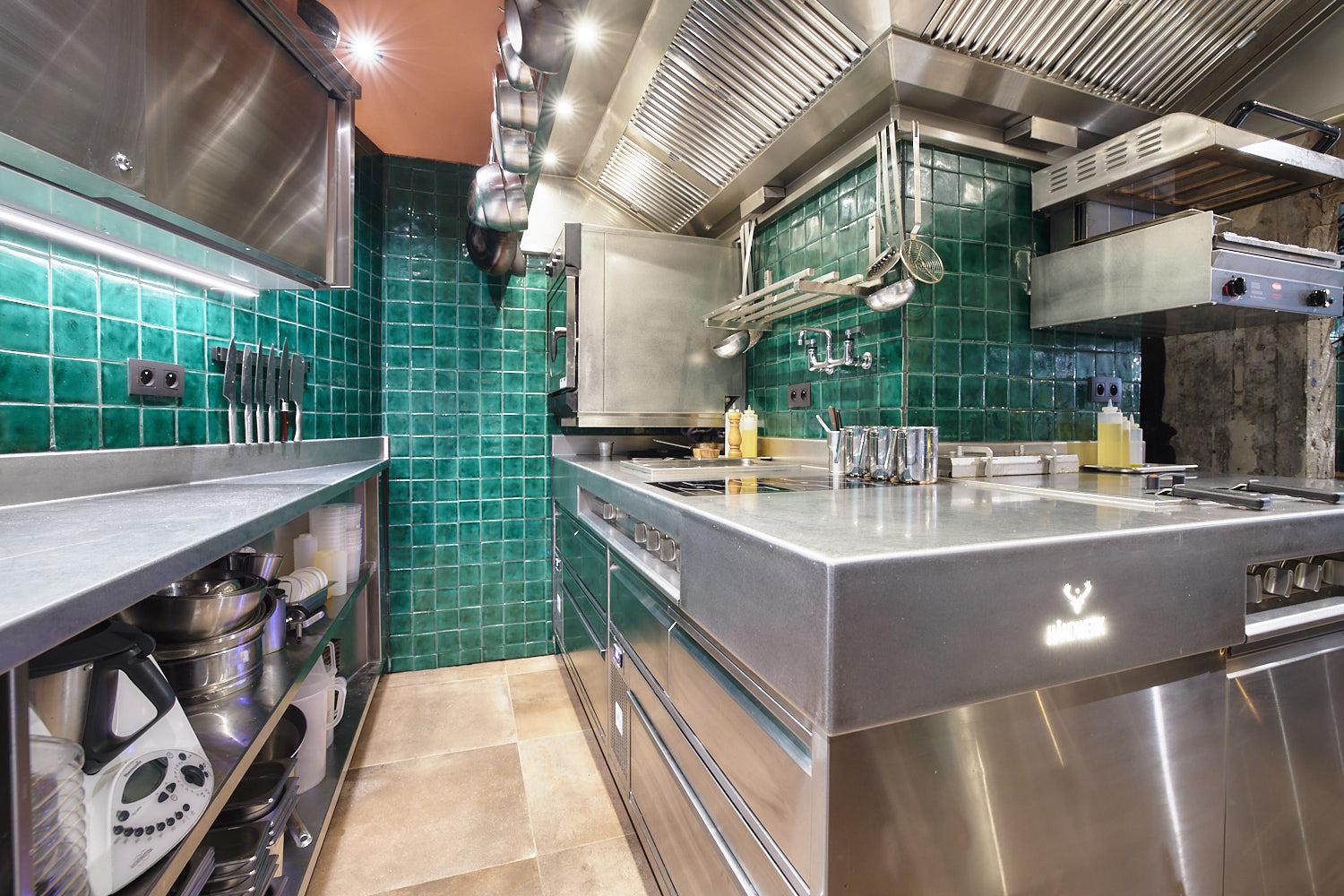
THE TASTE OF THE WORLD
Korneel and Stefanie add a hefty dose of individuality to every dish they serve at Onism. The menu is a journey through curiosity about fresh produce from near us, explores herbs and spices from exotic lands, and creatively introduces new and old techniques. It is a fusion of worldly dishes and the world of terroir. So you see a lot of the world in a few hours. And that, that tastes like more.
